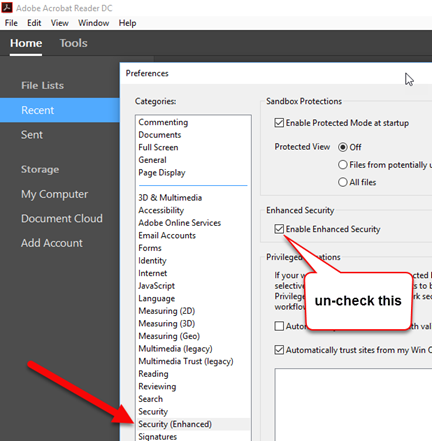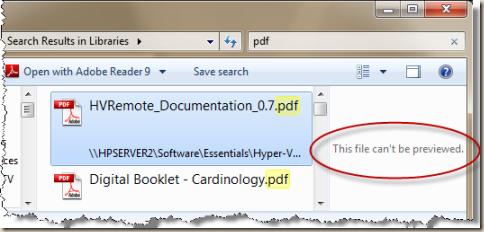 -->
-->This topic explains how to register a preview handler associated with a given data type. For the purposes of illustration, examples in this topic use a .xyz file type. Registration of a preview handler is a standard file association-based registration.
- A preview handler is a hosted application. Hosts include the Windows Explorer in Windows Vista or Microsoft Outlook 2007. Hosts implement IPreviewHandlerFrame as a method of communication between the preview handler and the host. The preview handler itself implements these interfaces.
- Preview an attachment. File attachments can be viewed in the Reading Pane or in the body of an email message without opening another program. The attachment previewer feature in Outlook only works if you have the same version of Word, Excel, or PowerPoint installed as the version of Outlook being used to preview the attachment.
- The Preview pane shows the contents of certain files selected in File Explorer. For images, it is a thumbnail preview. If you are unable to preview in File explorer, I suggest you to try the below steps. Open a new File Explorer window and click the View tab from the ribbon toolbar.
Driver for insignia usb to. Open Acrobat or Acrobat Reader. On the Edit menu, choose Preferences. In the Preferences dialog box, choose General in the Categories list, and then select the Enable PDF thumbnail previews in Windows Explorer check box.
Instructions
Step 1:
First, a file name extension is associated with a ProgID. The following entry associates the xyzfile ProgID subkey with the .xyz file name extension.
The xyzfile ProgID subkey is stored with the other ProgIDs as shown here:
Each preview handler ProgID subkey contains a subkey named shellex that contains a subkey always named {8895b1c6-b41f-4c1c-a562-0d564250836f}. The presence of that subkey tells the system that the handler is a preview handler.
The default value of the {8895b1c6-b41f-4c1c-a562-0d564250836f} subkey is the class identifier (CLSID) of your handler. An example of the xyzfile ProgID subkey is shown here, associating a handler of CLSID {ec3a629a-a47c-4245-bc78-b4b63d0e3154}.
Step 2:
Next, add the subkey under CLSID for your preview handler. An example is shown here. An explanation of individual entries follows.
The default value for your subkey (here, {ec3a629a-a47c-4245-bc78-b4b63d0e3154}) is not required or used. However, setting it to a nonlocalized string can help you to debug registration issues.
The minus sign (-101) in the .dll resource in the DisplayName entry exists for legacy reasons. The Icon entry, on the other hand, does not require a minus sign.
The AppID value gives a reference to the AppID of the application associated with the file name extension (stored under HKEY_CLASSES_ROOTAPPID. The value used here—{6d2b5079-2f0b-48dd-ab7f-97cec514d30b}—is the ID of the Prevhost.exe surrogate host. 32-bit preview handlers should use AppID {534A1E02-D58F-44f0-B58B-36CBED287C7C} when installed on 64-bit operating systems.
The entries under the InprocServer32 subkey include a reference back to the file name extension's ProgID subkey as well as an entry for a VersionIndependentProgID. Power data recovery 4.1.1 serial key.
Step 3:
Finally, the preview handler must be added to the list of all preview handlers. This list is used as an optimization by the system to enumerate all registered preview handlers for display purposes. Again, the default value is not required, it simply aids in the debugging process.

Brand new deja entendu. Note
In Windows 7, if the application is installed for all users of the computer, use HKEY_LOCAL_MACHINE; if for only one user, use HKEY_CURRENT_USER.